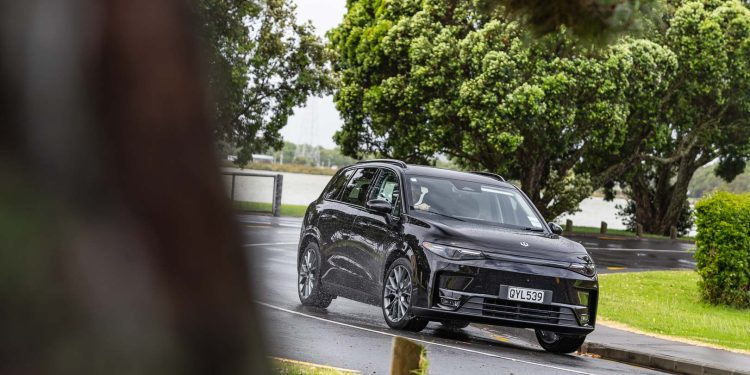2024 Leapmotor C10 review
Words: Peter Louisson | Photos: Isaac Western
A few months back I’d not heard of Leapmotor. Now the sizeable C10 is about to go on sale here. We drive a pre-production example.
Not as if you wouldn’t have noticed but new Chinese brands seem to be popping up here on an almost monthly basis. Recently we’ve heard about Zeekr, Geely and Xpeng entering the market.
We’ve also just attended the JAC ute launch. And lately we’ve been driving a preproduction C10 SUV from newcomer Leapmotor. And by newcomer we mean literally that; the firm has only been in existence for nine years.
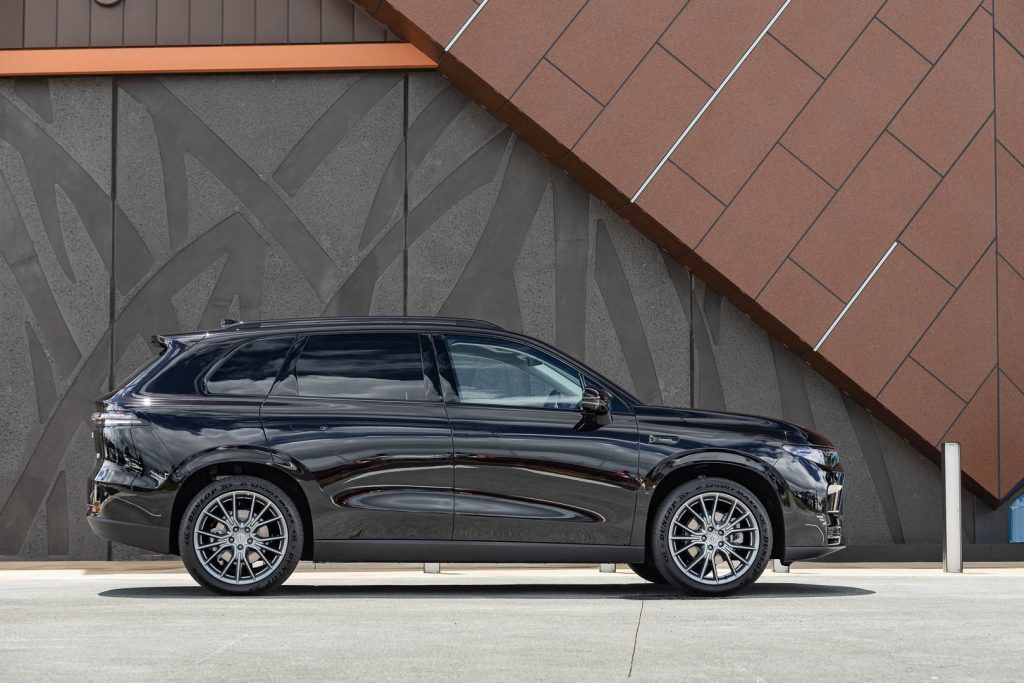
The Stellantis-associated brand is handled here by Auto Distributors who also import Peugeot, Citroen and Opel product. Leapmotor is distributed globally by a joint venture company that is 51 per cent owned by Stellantis.
The Chinese car maker also produces an electric city car, the T03, though that’s not likely to end up here. But the Leapmotor B10, an Atto 3-sized electric SUV certainly will, probably late next year or early 2026.
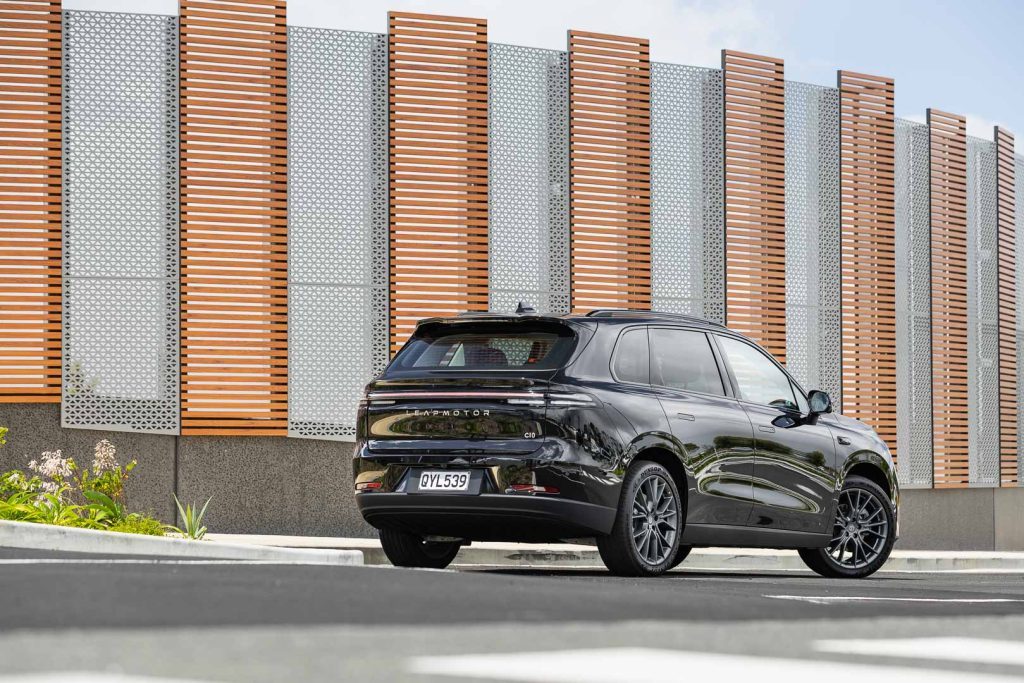
Meantime, its first model is this C10 five-seater electric SUV. The C10 goes on sale early next year, priced at $54,990 plus ORCs.
That’s in RAV4 and Honda CR-V territory, and will also compete with BYD Atto 3 and BYD Sealion 6. It is similar in size to a Tesla Model Y but $10k less.
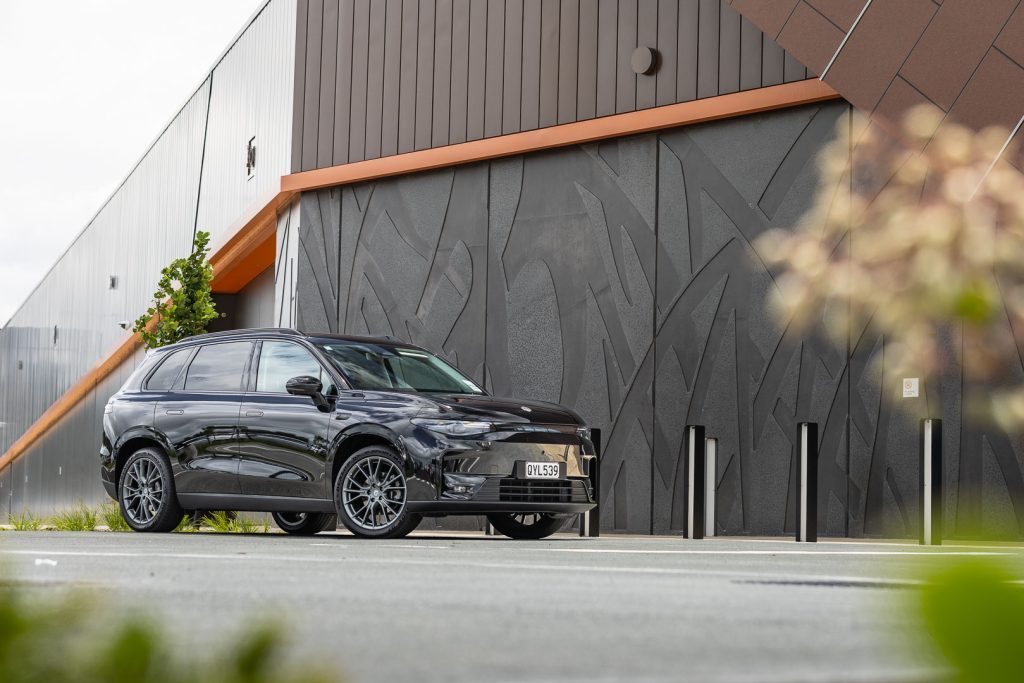
What is the C10?
The Leapmotor C10 is a five-seater SUV that’s 4739mm long, 1900mm wide, and 1680mm tall, with a wheelbase of 2825mm. There’s generous room for occupants, especially in the rear, a flat floor meaning loads of head and knee room.
There’s sufficient space for three adults back there. That’s somewhat at the expense of luggage capacity; at 435L it’s not especially generous, though is practically shaped.
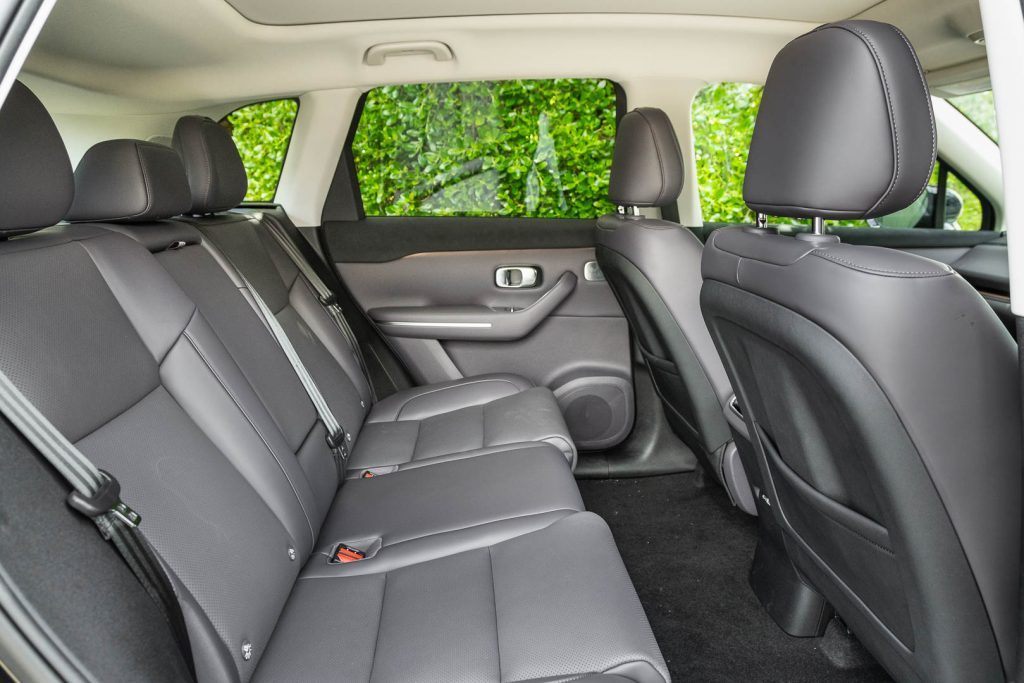
It won’t, however, accept a set of golf clubs across the back, requiring split folding to fit them in.
That liberates 1410L, and the area is virtually flat. Access is via a powered fifth door, with a button sited at chest level. Up front there’s no luggage storage, at least not in the pre-pro version we drove.
However, we may see a frunk in the final variants arriving early next year. There’s certainly room for it under the hood.
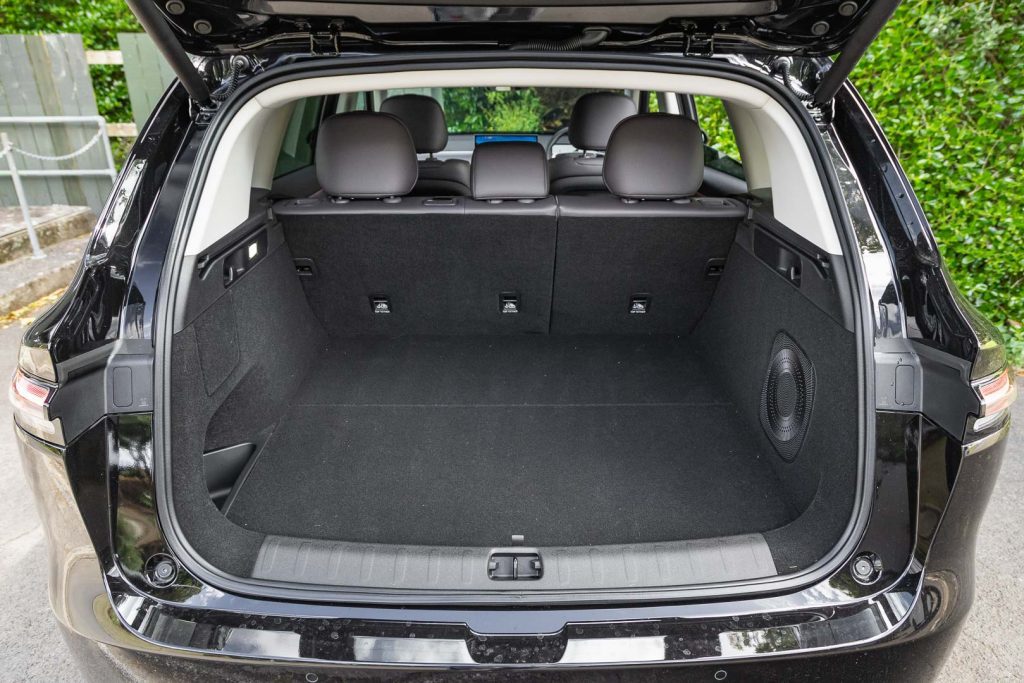
Mention of access, our preproduction tester didn’t have a key fob as such, just a key card. You hold this against the driver’s side mirror cap to centrally unlock the C10.
It won’t start unless the key card is placed in the holder inside, which is at the rear of the Qi charger. So you can’t then use that.
However, a key fob will change all that and no doubt you can link and use your smartphone as the master key. Wireless AA and ACP are anticipated.
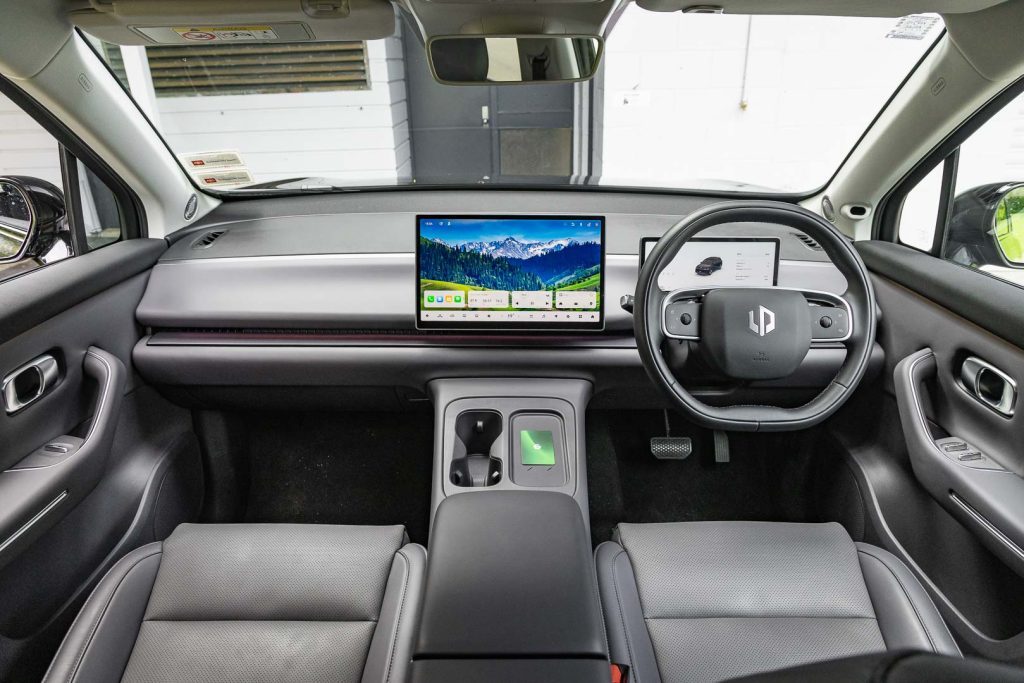
Just one model
Launching with a lone “Design” example, the C10 comes standard with 20-inch wheels, a 14.6-inch high-definition central display, a surround view camera, silicone leather upholstery, window tints, and over-the-air update capability.
Other C10 features include heated and ventilated front seats, a heated steering wheel, ambient lighting (that grooves along to Bluetooth music) and a huge panoramic glass roof.
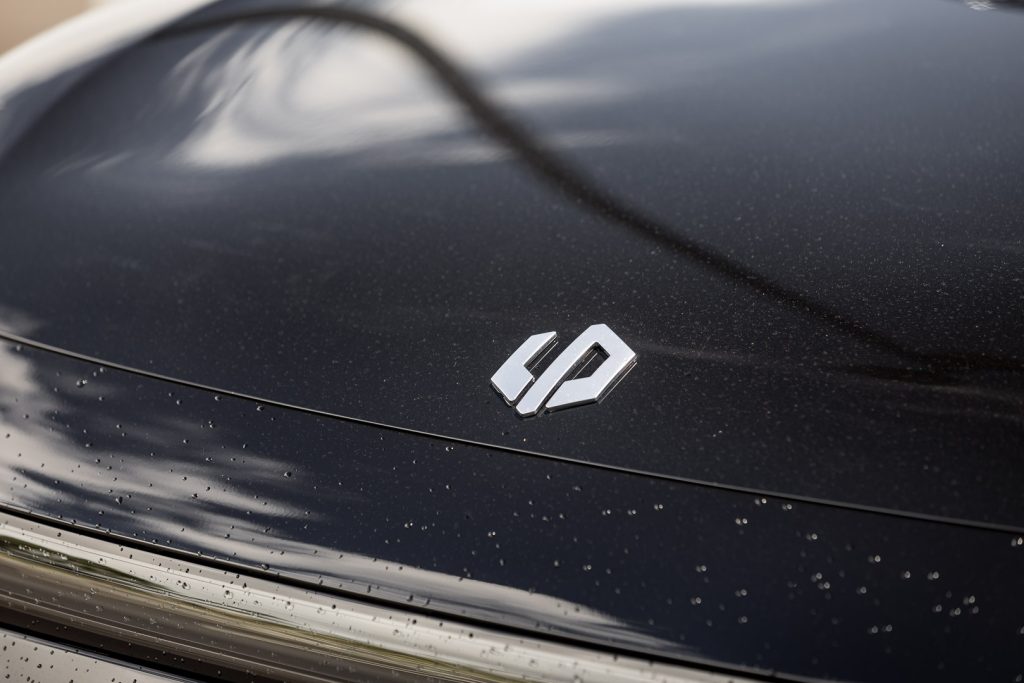
There’s no lumbar adjustability up front, either by power or manual adjustment. However, in the end we didn’t miss it much and seat comfort overall is great.
The driver’s seat motors away as you open the door to exit, returns to your saved position after ingress.
A special feature of this vehicle is Maserati-tuned suspension. That will be the Stellantis connection! It encompasses MacPherson-style struts up front and a multi-link rear set-up.
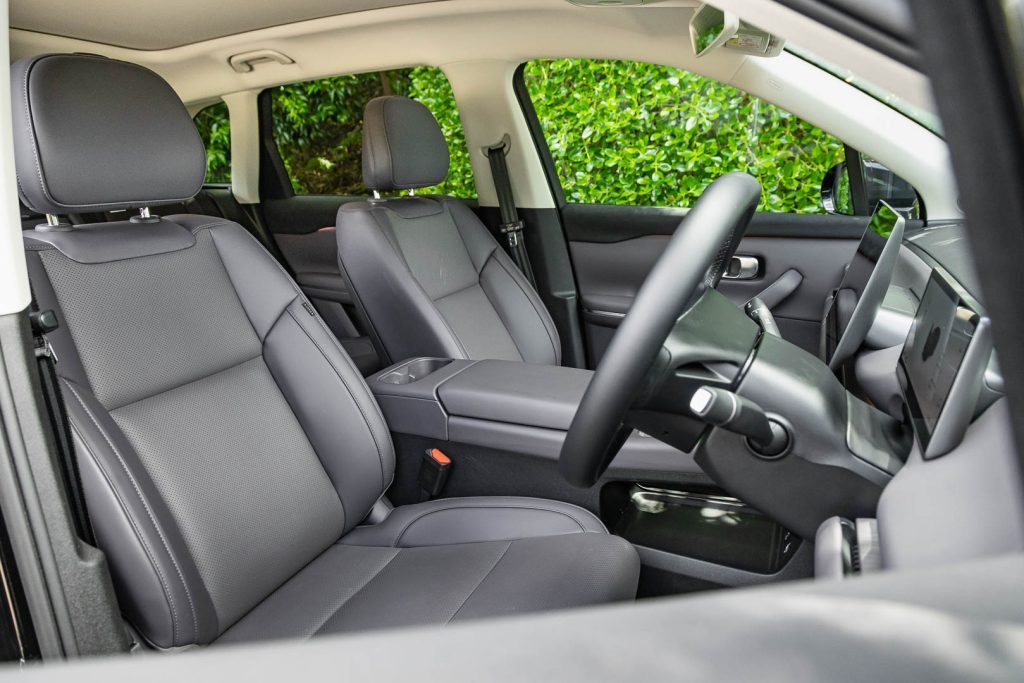
We really like what that does for ride and handling but more on that anon. Ventilated discs are located at all four corners and give the C10 decent stopping power.
Single motor rear-wheel drive
The C10 is Leapmotor’s first global product based on the LEAP 3.0 platform. They reckon that almost two-thirds of the tech is their own design, including the battery that’s integrated within the chassis itself.
The former is a lithium-ion phosphate (LFP) variety, and at 70kWh (68kWH usable) it doesn’t take forever to refresh, even with a little three-pin emergency charger. You can add 20kWh overnight (around 120km) and a full charge gives it a WLTP range of 420km.
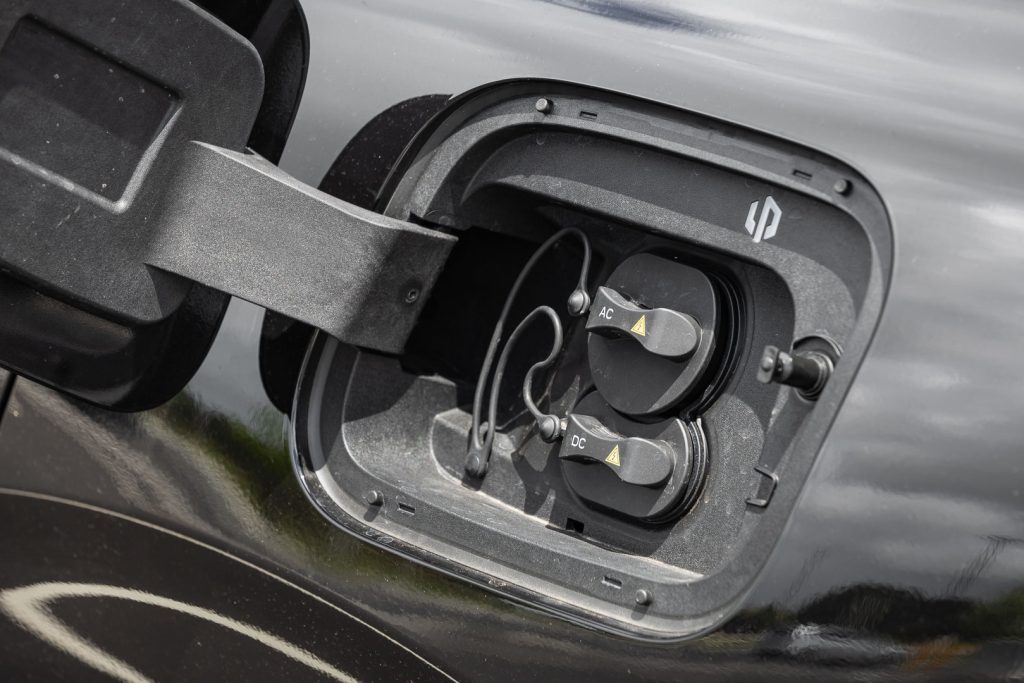
It runs a 400v architecture currently but 800v is said to be on the way. That should allow charging rates of around 200kW where at present the max is 84kW (20-80 per cent in 40min currently).
AC charging of up to 6.6kW is possible so a wallbox should comfortably handle an overnight recharge.
Drawing on that power is a 160kW/320Nm electric motor that drives the rear wheels. While they reckon the C10 can accelerate to 100km/h in 7.5sec, we couldn’t meet that, with a best of 8.10sec.
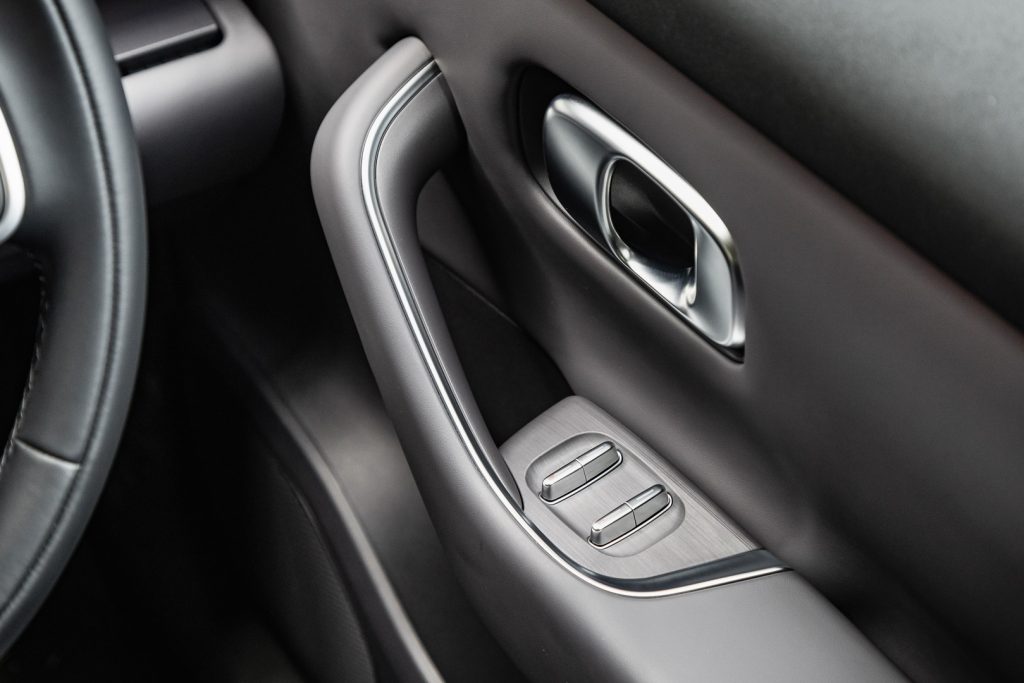
Our optimum overtaking time 80-120km/h was 6.7sec, or just under 200m. While that’s not that quick in the scheme of electric things, it gets by just fitne in reality. Start up defaults to the Eco setting which includes a fair amount of regen.
Performance in Eco is modest but a click up to Comfort improves things palpably. This is the mode you’ll use the vast majority of the time; it should be the default. Regen in Comfort is level 1 which is more or less coasting off throttle.
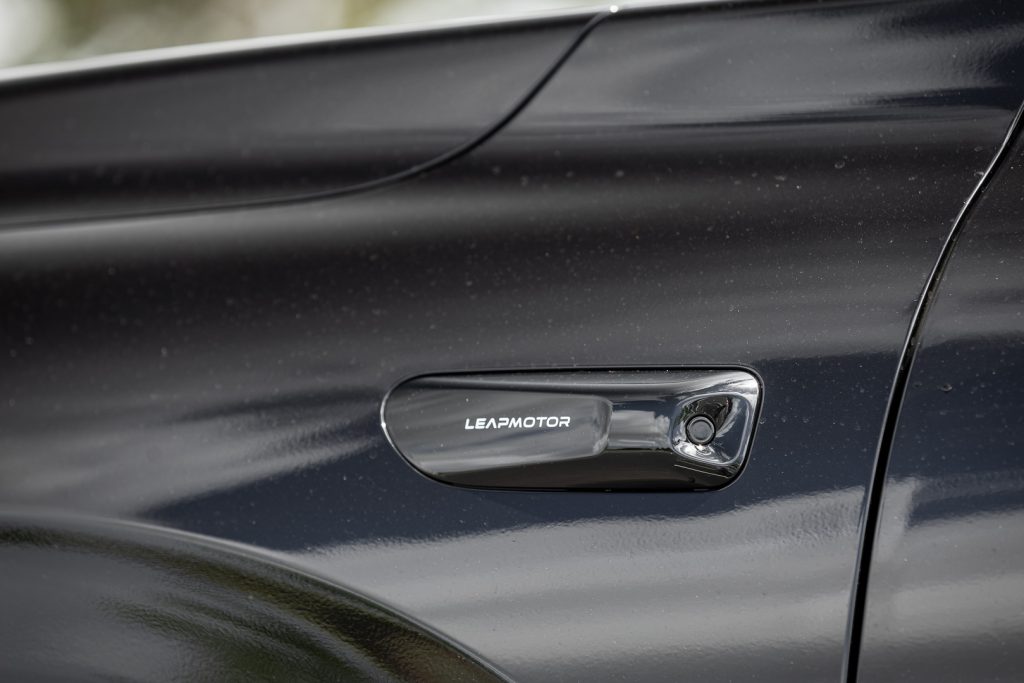
We often switched to the Custom mode with everything in standard, so performance, regen and steering effort. It’s a good mix, slowing just enough for corners by merely lifting off the throttle at the appropriate time.
A single-pedal mode is possible but to access that you must stop and put the column-mounted shift lever in P. It’s the same for cancelling emergency lane keeping.
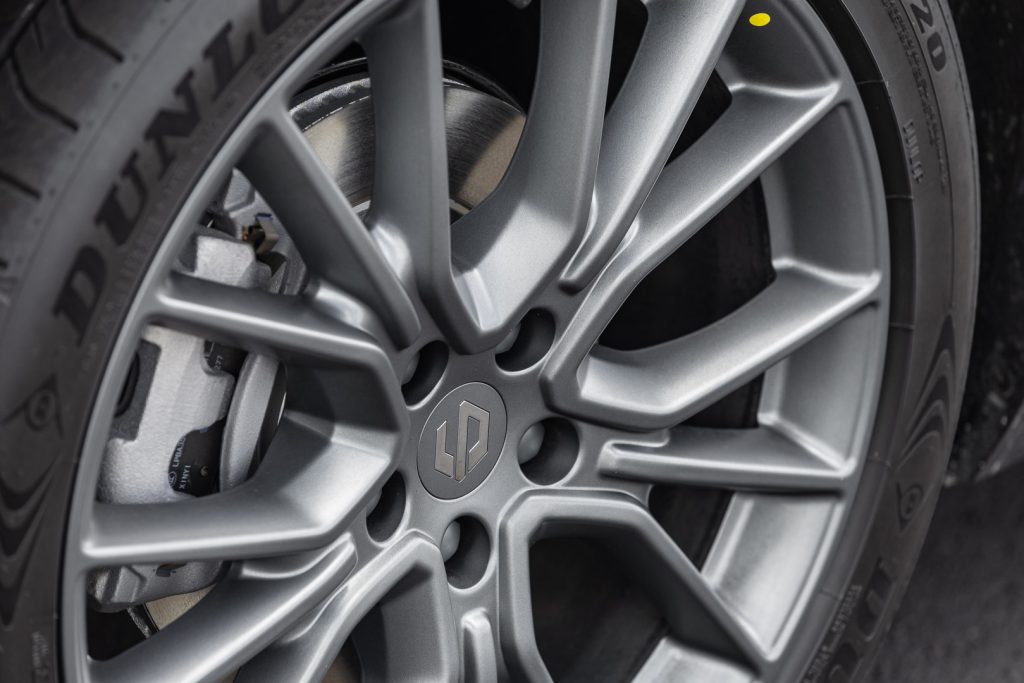
Bong fest
Wow, does this thing know how to castigate the errant driver? There’s a lot of ADAS functions here, though no crash test result as yet. Hopefully, the safety systems will relent slightly in final production form.
If you’re overspeed, bong, if you’re too near the white line, bong, if you’re inattentive, more bongs. You can cancel the most annoying, being the overspeed bongs, followed by the distraction alerts.
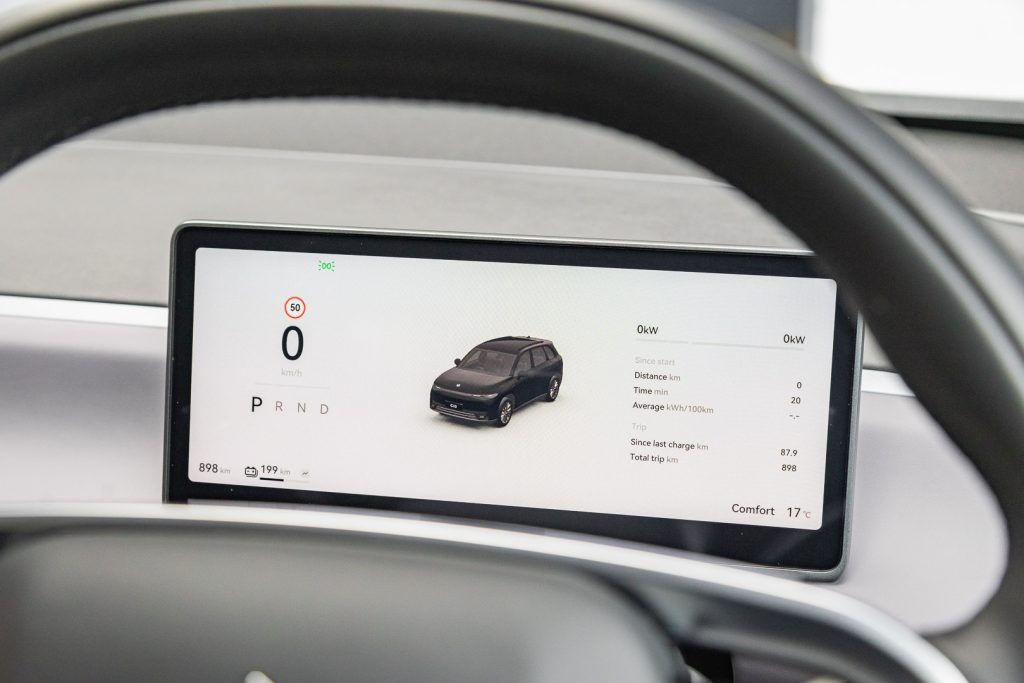
Leapmotor really has done a bit of a cut and paste of the Tesla operating system, only with two screens instead of one; the driver’s instrument shows cars lurking in your vicinity, speed, energy use.
ACC is activated like in a Tesla; a double tap on the column shifter does the trick. You then use the rotating controller on the left side of the wheel to set speed. You also use these to set mirrors. That’s a pain.
So is active cruise control as the C10 leaves way too much distance between you and the next vehicle at 100km/h. We couldn’t fathom how to alter this; be nice if you could.
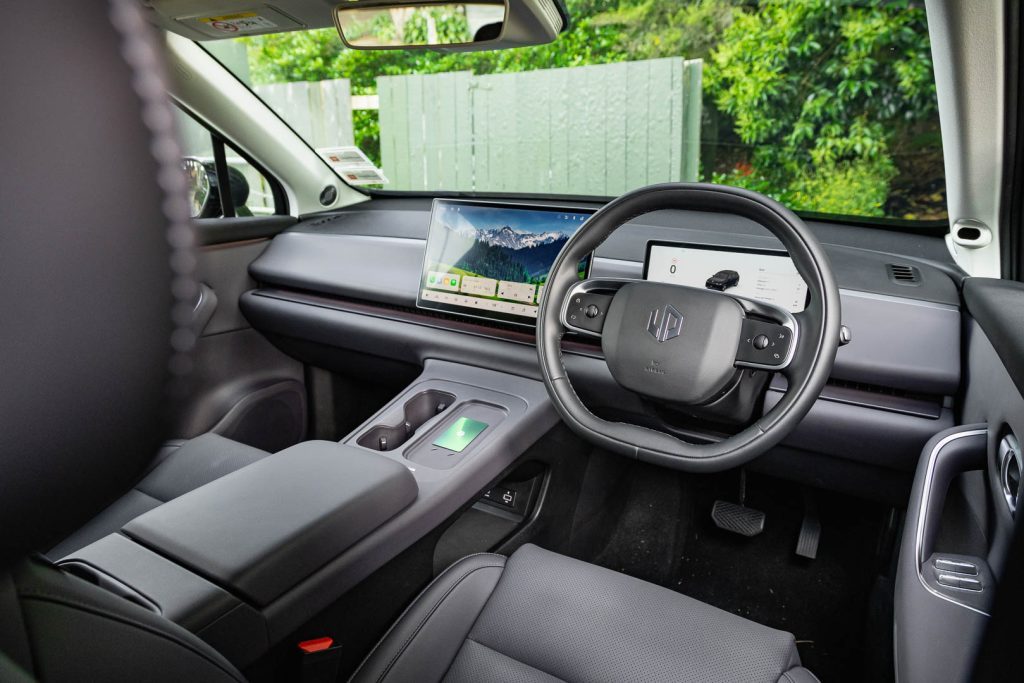
ACC is a bit jerky in action too, trying to maintain speed with the car miles ahead. So we didn’t bother using it. Again, software updates could fix this.
However, it’s the lane centring function that we had a bigger issue with. It’s just too hyperactive, even after switching out emergency and regular lane keeping.
If you steer within cooee of the centreline or shoulder line, the lane keeping system reactivates and tries to override your inputs. So you get the sense you’re never really steering on your own. This seriously needs an OTA update.
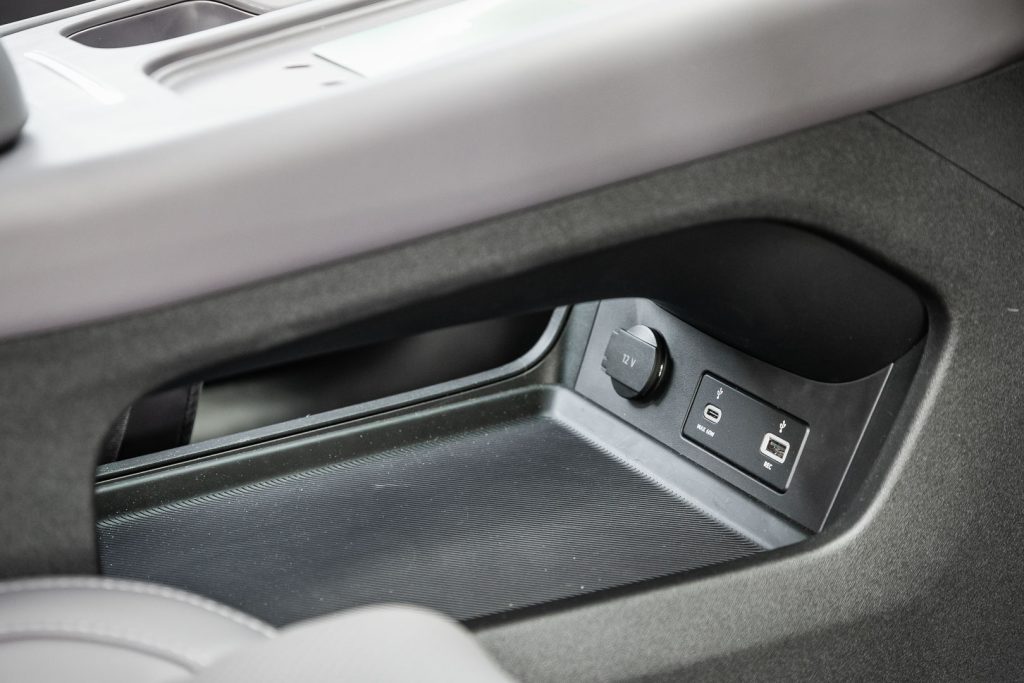
Ride and handling gratify
For a sizeable two-tonne electric SUV this corners impressively. That’s largely because it’s rear-wheel drive. Turn the wheel (when it’s not doing it for you) and this responds quickly and accurately.
With even weight balance it holds a line well too. And it tames the broken tarmac swimmingly. You know they’ve got the ride right when it doesn’t draw attention to itself. And this doesn’t.
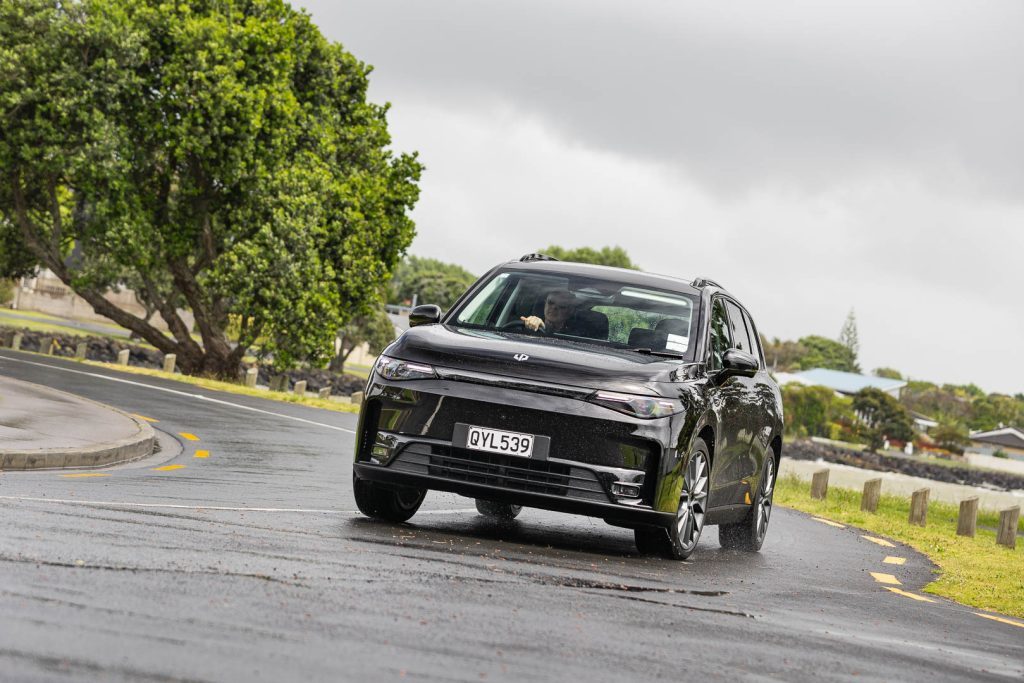
Moreover, it is supremely quiet on most surfaces, with the rider that its pedestrian alert noise (below 30km/h) is a louder whine than usual. Another to-do item for the software guys then.
That’s in marked contrast to the in-house sound system that works really well, with stations easy to save. Or you can Spotify.
We like the minimalism of the interior which has a pleasing finish, and is rattle- and buzz-free; you need that in something this quiet.
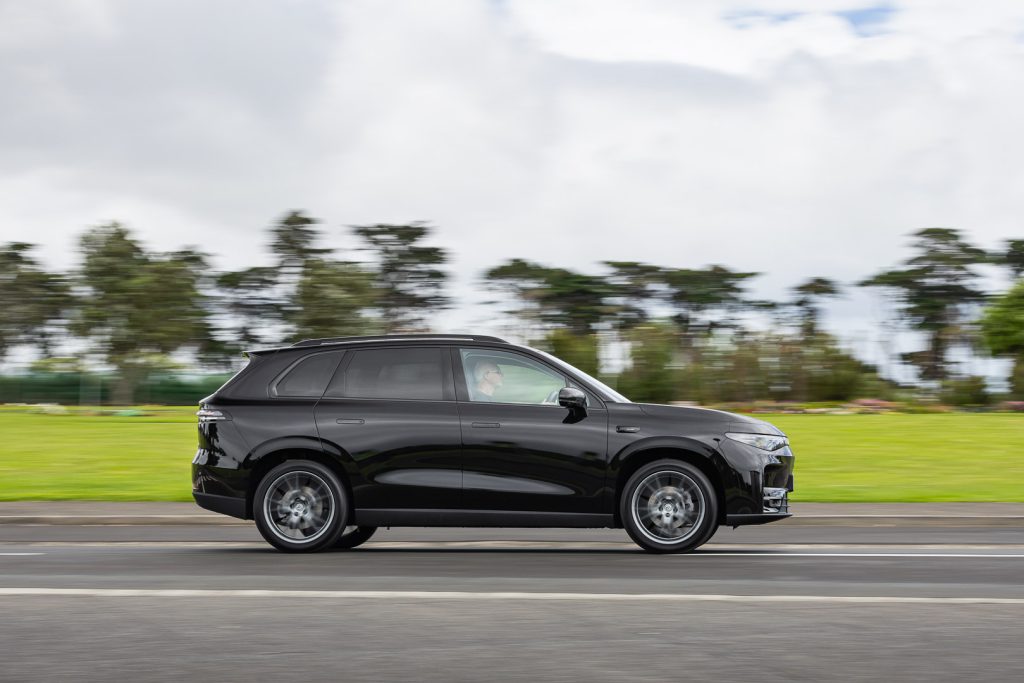
If they can tame the bongs but more especially the overly intrusive autonomous steering and ACC aspects, the C10 might well represent the best value in the medium-large electric SUV sector at present.
We imagine Omoda lowered the price on its E5 BX to counter the arrival of the Leapmotor C10.
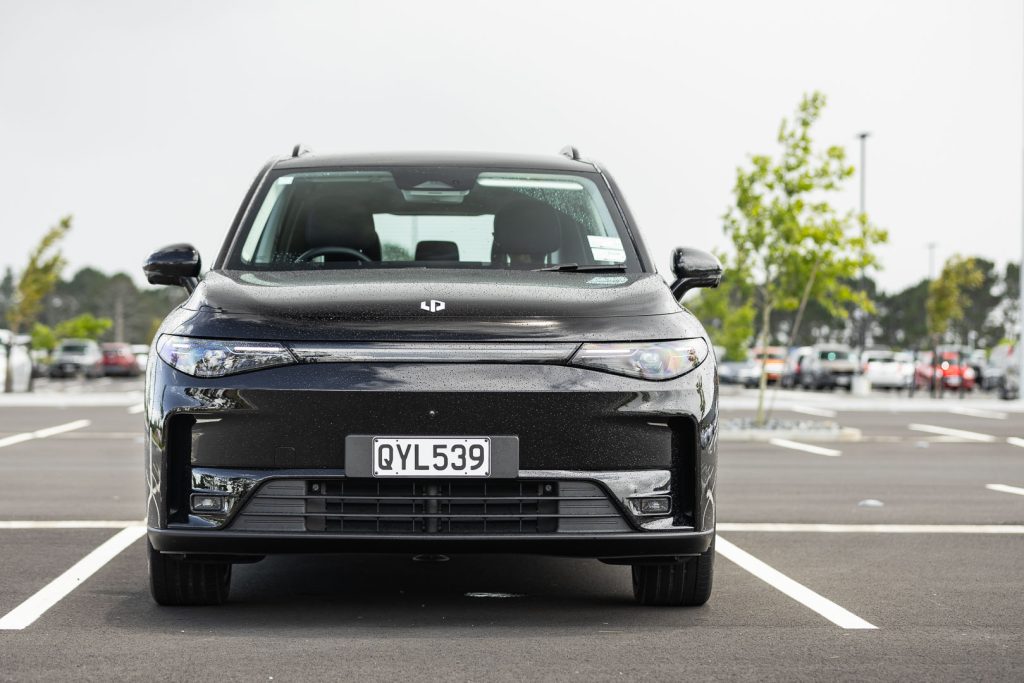
You can expect Leapmotor will supplement this powertrain with a PHEV at some point. A dual-motor variant is evidently not on the cards, at least in the short- to medium term.
| Model | Leapmotor C10 |
| Price | $54,990 |
| Motor | 160kW, 320Nm |
| Battery | 68kWh net |
| Range | 420km |
| Drivetrain | Single-speed auto, RWD |
| Energy Use | 19.8kWh/100km |
| C02 Output | 0g/km |
| 0-100km/h | 8.11sec |
| 80-120km/h | 6.67sec (192m) |
| 100-0km/h | 36.26m |
| Stability systems | ABS, ESP |
| Safety | AEB, ACC, BSM, LDW, RCTA, ALK, AHB |
| Luggage capacity | 435-1410L |
| Tow rating | 750kg (1500kg braked) |
| Service intervals | 12 months, 20,000km |
| Warranty | 4yrs, 100,000km |
| ANCAP rating | Not yet rated |
| Weight | 1980kg (claimed) |
This article first appeared in the December/January 2025 issue of NZ Autocar magazine.


